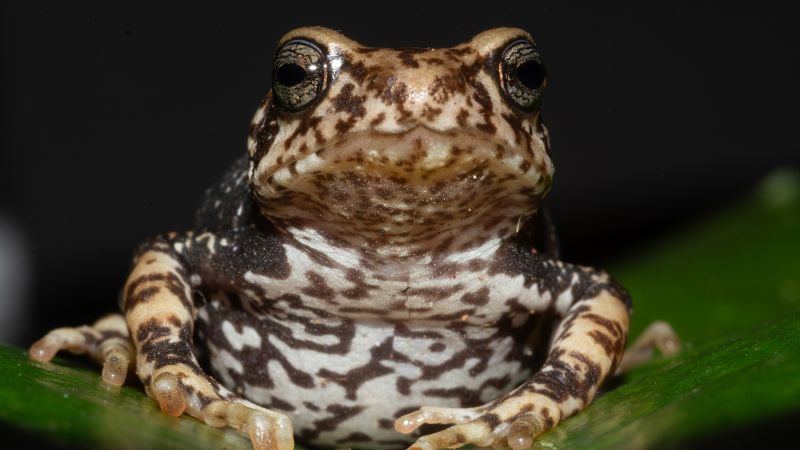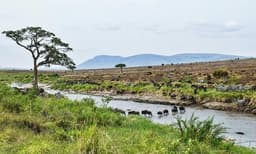Home / Science / Rare Viviparous Tree Toads Discovered in Tanzanian Forests
Rare Viviparous Tree Toads Discovered in Tanzanian Forests
13 Nov
Summary
- Three new tree toad species born live, skipping egg-tadpole stage
- Fewer than 1% of 4,000 frog/toad species are viviparous (live-bearing)
- Toads' habitats threatened by deforestation and climate change

In a remarkable discovery, scientists have newly described three extraordinary species of tree toad from Tanzania that defy typical amphibian reproduction. These toads give birth to live young, skipping the egg-laying and larval stages.
Live birth, or viviparity, is extremely rare among the over 4,000 species of frogs and toads worldwide—fewer than 1% are known to bear live young. The researchers believe this unique reproductive strategy may have evolved as an adaptation in habitats lacking easy access to water, where frogs and toads typically lay their eggs.
The three newly identified Nectophrynoides tree toad species—N. luhomeroensis, N. uhehe, and N. saliensis—were previously classified as a single species, N. viviparus. However, after analyzing physical traits, genetic data, and vocal recordings, the scientists determined they are distinct species.
While most amphibians lay thousands of eggs that develop into tadpoles, these live-bearing tree toads give birth to just 40-60 fully developed toadlets at a time, with the largest brood recorded at over 160 young. This larger, more developed offspring may have an advantage when entering the world.
Unfortunately, the habitats of these remarkable toads face growing threats. Some Nectophrynoides species are already endangered, with one—the Kihansi spray toad—now extinct in the wild. Deforestation and the climate crisis continue to endanger the tree toads' forest homes in Tanzania's Eastern Arc Mountains. Further research is needed to fully understand and protect these unique amphibians.




